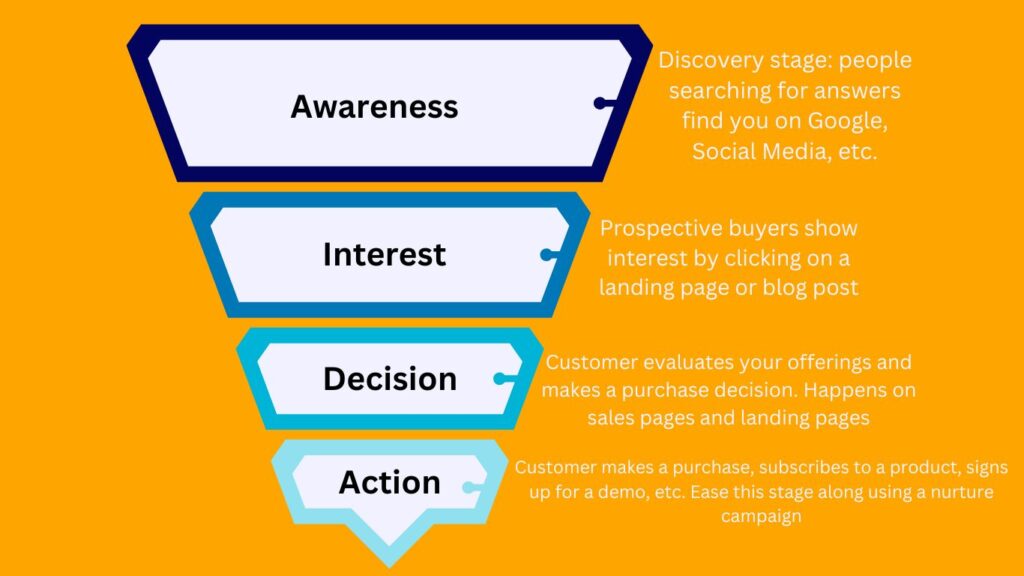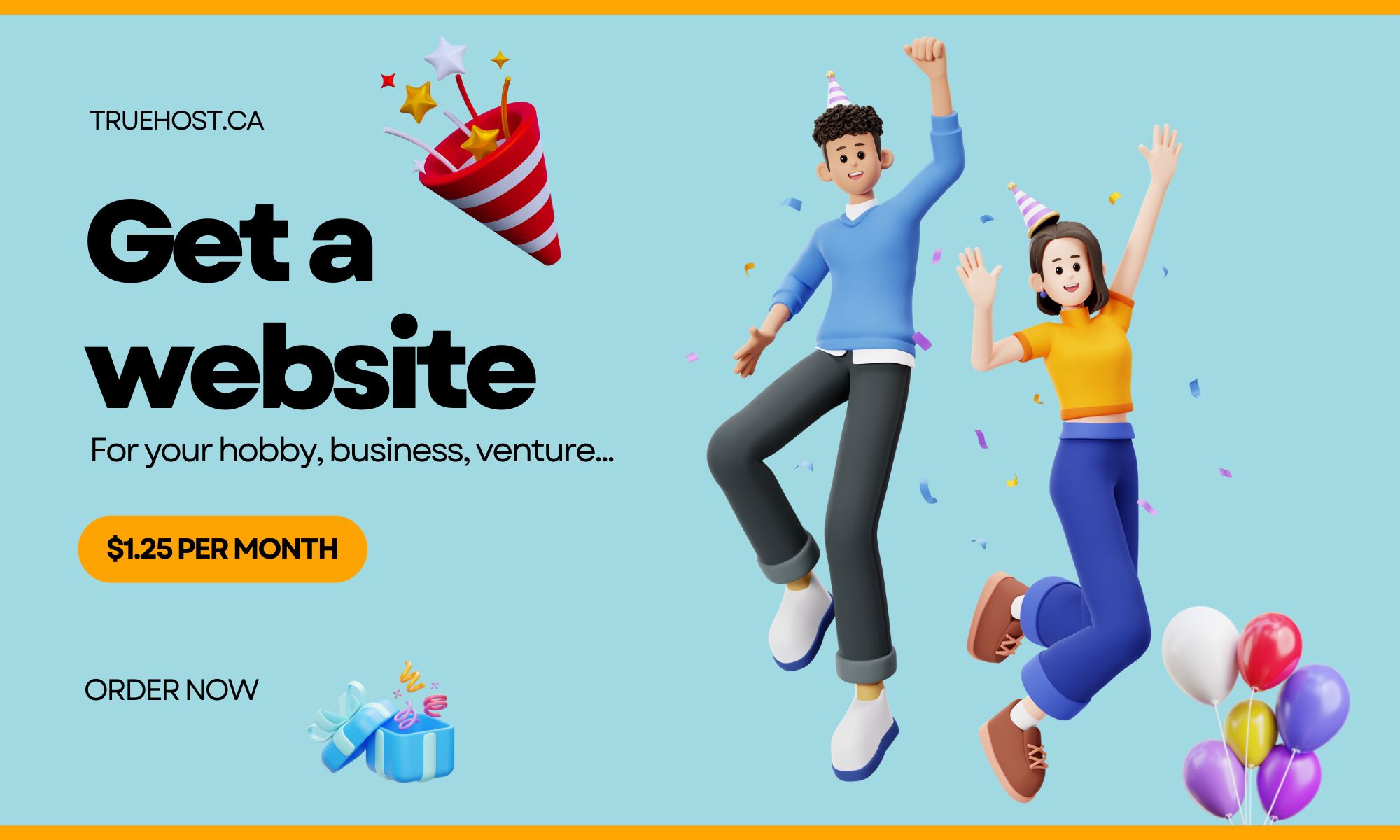Summary: Making your first sale isn’t all that difficult. However, growing your digital products business from $100 to $100,000 requires a different kind of approach. In this second part of our digital product selling guide, we’re making sure you don’t leave money on the table in six simple steps. It all boils down to three things: a winning product, smart marketing, and revenue optimization.
Anyone who sells digital products online can tell you that it’s hard to rise to the top. It may be months or years before you make a living income, unless you have the right strategy to grow your business fast.
In part one of this guide we saw how it helps to find your niche, but that’s not enough for booming growth. You need a multi-pronged approach to help maximize your revenue with minimum effort and overheads.
As your business grows, remember to tune your website for speed and user experience. We’ll see shortly that optimizing website performance and user experience is key to achieving digital business growth.
If you’re still selling on third-party marketplaces, stop throwing away your money. Build your website today and grow with the fastest, most affordable hosting solutions in Canada.
6 Tips to Help You Maximize Profits from Selling Digital Products
There are three secrets to making bank with digital products. They have to do with your choice of product, your marketing strategy, and your revenue optimization.
Let’s break them down further into six steps you can use today to achieve explosive growth.
1. Conduct thorough market research
Choosing the best product to sell online starts with identifying product categories that have high demand and low supply. But it doesn’t mean you have to create a completely new product or invent a market segment.
In fact, a far better compass to help you find your way lies inside you.
Think about it: What is that idea, service, or product that you’re incredibly passionate about and feel no one is doing right? Perhaps it has to do with dogs, food, babies, productivity, cars, books, nature, or anything else really.
Narrow down your area of interest to one or more products you can sell, then use analytics to come up with a solid business plan. Your passion provides the drive while data gives you control, like a rudder on a ship.
To start with, Amazon analytics tools help you find the best sellers and popular products in your category of interest. Use Amazon’s Product Opportunity Explorer or the premium Jungle Scout for this.

Similarly, identifying market gaps can be as simple as developing an irresistible unique selling proposition (USP).
Even in a saturated market, a unique USP can help you out-compete established sellers. For example, e-books with immersive visuals and an engaging flow have a massive advantage in the crowded market.
It’s all about solving customer pain points. Those are easy to find on three-star reviews from Amazon, Shopify, and other e-commerce platforms. Figure out how to eliminate those issues in your product and you have a USP.
Our approach to research is easier
Most people will tell you to leverage data analytics for market research. Although that’s important, it can get overly technical as you evaluate market trends, market segmentation, customer demographics, product differentiation, and competition.
Unfortunately, reliable analytics tools are hard to find, expensive, and likely to discourage you before you start. Most market research methods are fundamentally flawed or poorly implemented. Plus, you don’t really need quantitative data at this stage.
That’s not to say you shouldn’t run the numbers and check market trends. What we’re saying is, don’t get lost in the numbers.
We prefer qualitative research for this stage, which is where you get out of the house and talk to people who fit your ideal customer profile. Get a feel for the market and understand the main problems, figure out a plan, and get to work.
Better still, develop a prototype, get it out to the right people, and gauge the market response. Invest more time and resources as you grow The most important thing is to start and learn as you go.
Here’s an approach that we find to be much easier and more successful.
- Find a niche you absolutely love and know everything about. It doesn’t matter how competitive or saturated it is; passion is the key.
- If you know the market well enough, chances are you already can identify a few missed opportunities. If not, find people who buy products in that niche and ask them about their experience. You can even surf social media and forums to gain authentic sentiment, in addition to checking product reviews.
- Identify a specific problem you can solve, define it, and break it down into a detailed Jobs to be Done canvas. In other words, curate the buyer’s journey at this point.
- Create or find a product that solves that problem. This may take a bit of experimentation, but getting constant feedback from users will help guide you.
- Define a marketing strategy for selling that product. Start by finding where your customers are (social media, email, mobile, or offline etc). As your sales grow, we recommend doubling down on referral marketing, Inbound Marketing, and advertising to increase brand awareness.
- Repeat and improve until you have a well-defined and repeatable formula for success.
Although luck plays a big role when it comes to success, a repeatable strategy like this one is much more profitable in the long term.
2. Exceed customer expectations
Step two of success is delighting your customers.
By this point, you have created a compelling digital product that successfully solves a specific pain point. You have some early customers, but not much revenue.
Now work hard to maintain stellar customer service and provide a great customer experience. Communicate with them, request feedback, and use it to make continuous improvements to your product and your process.
Here are a few tips to ensure a positive customer experience:
- Make the customer journey as simple, seamless, and fast as possible. It should be easy to find product photos, check dimensions, change colors, try samples, or find out more information about your product
- Personalize the user journey; it can be as simple as customizing emails or curating product recommendations based on browsing activity (there are tools for that)
- Engage with customers on a personal level and make them feel valued. For example, celebrate birthdays and baby showers with them based on what information you have
- Continue to tune and improve the user experience using tools like AI to minimize downtime even on holidays
There are many reasons why you want happy customers. They’re more likely to buy again (predictable revenue), and they’re incredibly effective brand ambassadors who bring in more buyers.
That’s because happy customers provide social proof that encourages others to trust your brand and buy from you. McKinsey says that making your customers happy increases revenue by 2-7%, just like that.
Give your customers 100% of your attention, especially the first adopters.
3. Double down on marketing
Marketing is so important to success that you should build an audience before your product. Even if you have the perfect product, it doesn’t make a difference if there’s no one who knows about it.
Once you have an idea of what you want to sell, start building your audience. It doesn’t matter if it will be months or years before you actually have a product. Here are a few tips to help you do that:
- Talk about the product or the problem you’re trying to solve on social media
- Engage friends, acquaintances, and social media groups in discussions
- Join niche forums and start a conversation about what you’re doing
- Ask people to sign up to an email list as you continue to gauge interest
- As you approach a release date, create a launch event and hype it all over social media
- Leverage content marketing and guest posting to improve visibility for your website and your product. Let people know that you’re very good at what you do
If you’re patient and consistent, marketing digital products is incredibly exciting and rewarding. Starting early gives you a foundation for future marketing efforts and makes the go-to-market journey much easier.
As your product takes off, continue reaching out to your customers through email marketing and promotional campaigns. Dedicate at least 5% of your profits to various marketing efforts to sustain growth and reach new people.
At some point, you may need to start advertising to reach a much wider audience. Organic growth can be slow and new businesses need cashflow, so advertising is often the best way to grow fast.
Different types of Google and social media ads are perfect for advertising digital products online and can be very effective with the right strategy.
If you’re also selling on third-party marketplaces like Sellfy or Gumroad, advertise on those platforms. Again, be careful to note the platforms that have the most friendly terms and lowest fees to make sure you aren’t losing too much revenue.
4. Maximize income through diversification
Selling digital products is the best way to make money online, but it isn’t the only one. The great thing about building an online business is that you can leverage your knowledge and community to make money in other ways.
For example, you can earn referral commissions by selling products from other sellers.
Most affiliate programs have attractive commissions so long as you have a large audience and a good conversion rate. For starters, check out Digistore24 to find out what other products you can promote along with your own.
Another way to earn more money is to build an exclusive community and charge subscription fees. By offering unique perks to your subscribers, you can create scarcity and a FOMO mentality to drive subscriptions.
Here are a few more examples:
- Expand product offerings, especially by exploring solutions for different market segments
- Sell on platforms other than your own website. For example, you can also sell on Creative Market, Amazon, Canva, Gumroad, etc
- Coach other business owners to help them find success
- Become an angel investor in other startup businesses and contribute your experience to help them grow
- Sell branded merchandise
- Become a thought leader and public speaker, influencer, writer, or public speaker in your niche
- Organize events, especially if you already have a significant audience
- Acquire related brands and businesses
- Charge extra for high-value features or services, e.g., in-person consultation
When selling digital products online, disruptions are inevitable. Diversifying your revenue helps to mitigate risk and increase revenue with minimal costs.

5. Create an irresistible sales funnel
Every seller needs a well-defined process that leads the customer from the initial awareness stage to the point of purchase.
The most commonly used model is the sales funnel, although it’s become grandfathered by the internet age in favor of the sales flywheel.
Despite being old-fashioned, the sales funnel is incredibly effective at visualizing the customer journey. Here’s how it works, in a nutshell:
- Top of the funnel: awareness stage – your audience has just become aware of what you’re offering. Reel them in with attractive offers, such as a free sample, demo, or a similar lead magnet. Get their contact info using a sign-up form at this stage
- Middle of the funnel: interest stage – prospective customers have shown interest in your product but still have questions or need more information before they can decide. This is the point where customers visit your website or click on your blog posts
- Bottom of the funnel: decision stage – prospective customers have shown a willingness to buy; perhaps they have clicked your sales page and are reviewing your prices. This is where to offer a discount to help close the deal
- Sale – only a small percentage of customers actually complete the purchase, but it makes them much more likely to buy something else you’re selling. This is the perfect point to upsell or cross-sell
A sales funnel tells you what actions to take at every point of the buyer’s journey to help them along the sales process.
For example, adding social proof to the landing or sales page helps them overcome the initial hesitation found at the desire stage.
On the other hand, new prospects can be hard to bring in. Making an irresistible offer at this point can greatly improve conversions. A free e-book, a week of free content, or a free demo can help draw in more prospects.
Considering that most digital products have generous profit margins, you a big advantage when using the sales funnel. Start by giving freebies within your network and generous referral commissions to amplify your reach for the top of the funnel.
We also recommend working with influencers who have a larger audience than you. Giving generous commissions costs you little and can greatly multiply your revenue with no extra effort.
6. Upsell, cross-sell, down-sell
One reason why we recommend selling from your website as opposed to a marketplace is that it gives you the chance to upsell, cross-sell, and down-sell. Most marketplaces have few opportunities to do that.
In online selling, your current customers are your most powerful weapon. Not only do they create credibility and trust, they help you identify opportunities for further improvements and sales.
Failure to market to current customers is the biggest missed opportunity in online selling.
Here are a few tips on how to attract these lost dollars:
- Automate abandoned cart recovery to minimize revenue loss
- Offer discounts to upgrade to a better product that gives you higher profit margins
- Create product bundles that customers can buy in one click
- Promote your best-sellers
- Give discounts on subsequent purchases to encourage more spending
- Highlight missed opportunities, such as problems customers could solve by upgrading to a premium or related product
- Give exclusive offers that leverage FOMO, such as time-bound discounts
- Create exclusivity, such as new arrivals, daily offers, products viewed by others, etc
- Personalize offers based on browsing and purchasing history (like Amazon does)
- Give additional benefits upon reaching a certain threshold e.g., a complementary course for every $100 or more worth of purchases
- Offer incentives to reassure customers about your product’s quality
- Position your product differently to reach other market segments
- Encourage your customers to create and join communities to discuss the product, which encourages problem-solving, development of new use cases, and provides fodder for future innovation
Then there’s down-selling. It means making customers a better deal or suggesting a product that better fits customer needs. When buyers abandon a cart, usually it’s because of sticker shock, long or annoying checkouts, or other concerns.
You can regain these customers using exit popups or email nurturing campaigns. It’s a lot of work, but these strategies can increase your revenue by 30%.
Your Partner in Selling Digital Products
The only way to make your growth journey easier is to find partners who will walk with you every step of the way. When you have a mentor to guide you as you start selling digital products, you will avoid or overcome most of the common challenges.
Similarly, business partners can help to propel your success. Truehost Canada understands that better than anybody.
For example, we know how a bad website can negate all the work you’re doing to grow your digital product sales. Slow load times, server errors, security and compliance issues, failure to handle high traffic, and unresponsive customer support can impede your growth.
That’s why our web hosting products are designed from the ground up to help e-commerce stores and digital product sellers achieve success online.
We don’t just offer fast hosting, our solutions are tailored to ensure hassle-free and scalable website performance.
Talk to us today to learn more about how we support and empower e-commerce sellers in Canada.
Continue to learn more on this series:
 cPanel Web HostingAffordable Canadian cPanel hosting, user-friendly and reliable.
cPanel Web HostingAffordable Canadian cPanel hosting, user-friendly and reliable. Reseller HostingStart your own hosting business with flexible reseller hosting plans.
Reseller HostingStart your own hosting business with flexible reseller hosting plans. Affiliate ProgramJoin our affiliate program and earn commissions by referring customers.
Affiliate ProgramJoin our affiliate program and earn commissions by referring customers. DomainsFind the perfect domain for your business or personal site with ease.
DomainsFind the perfect domain for your business or personal site with ease. Domain TransferTransfer your domain to us and keep your website running without interruption.
Domain TransferTransfer your domain to us and keep your website running without interruption. WHOIS LookupQuickly find who owns a domain with our easy WHOIS search tool.
WHOIS LookupQuickly find who owns a domain with our easy WHOIS search tool. VPS HostingReliable VPS hosting crafted for performance and peace of mind.
VPS HostingReliable VPS hosting crafted for performance and peace of mind.
